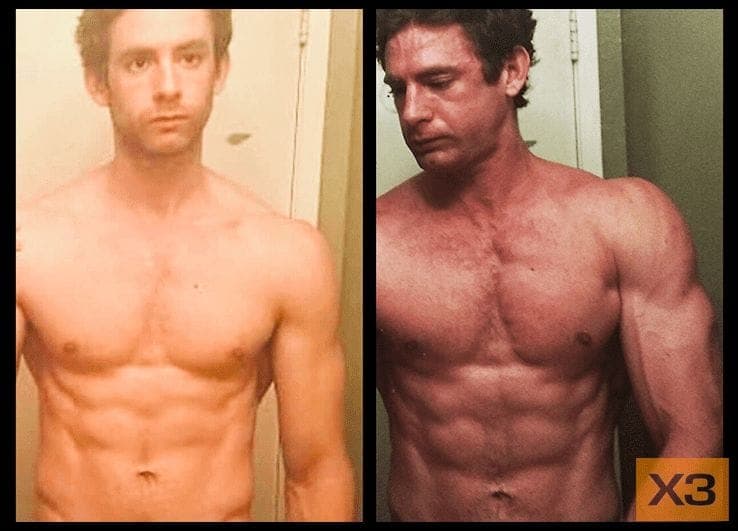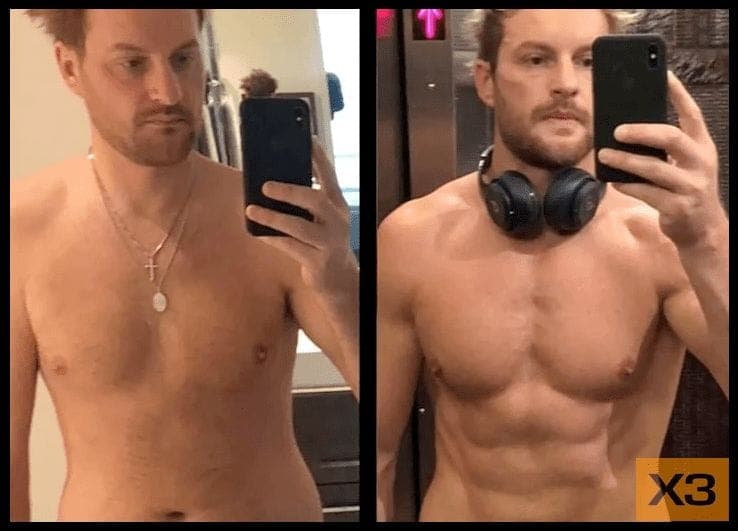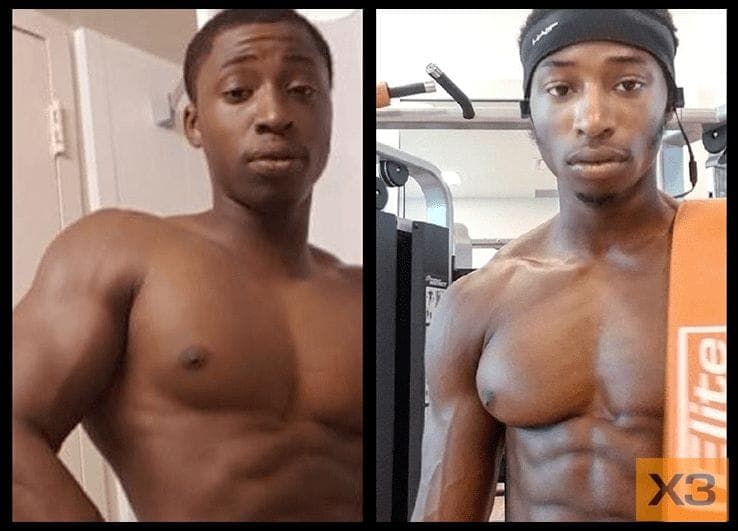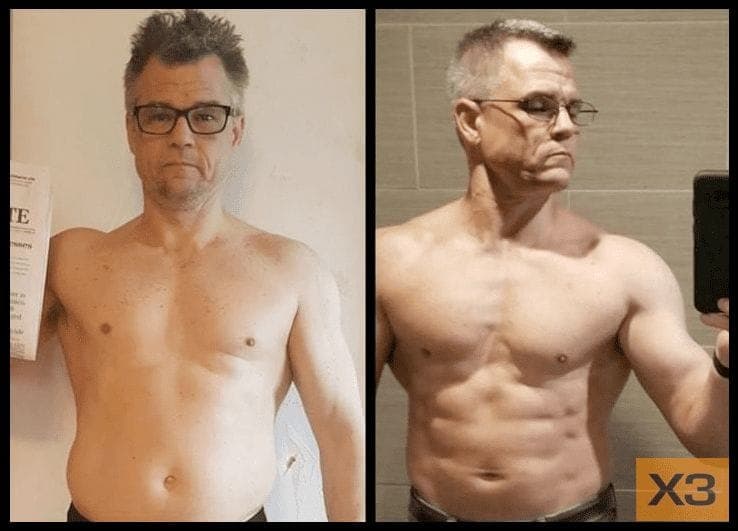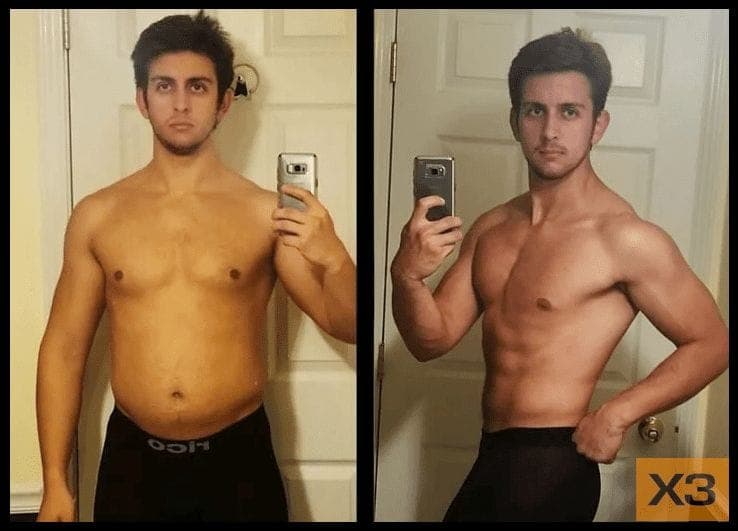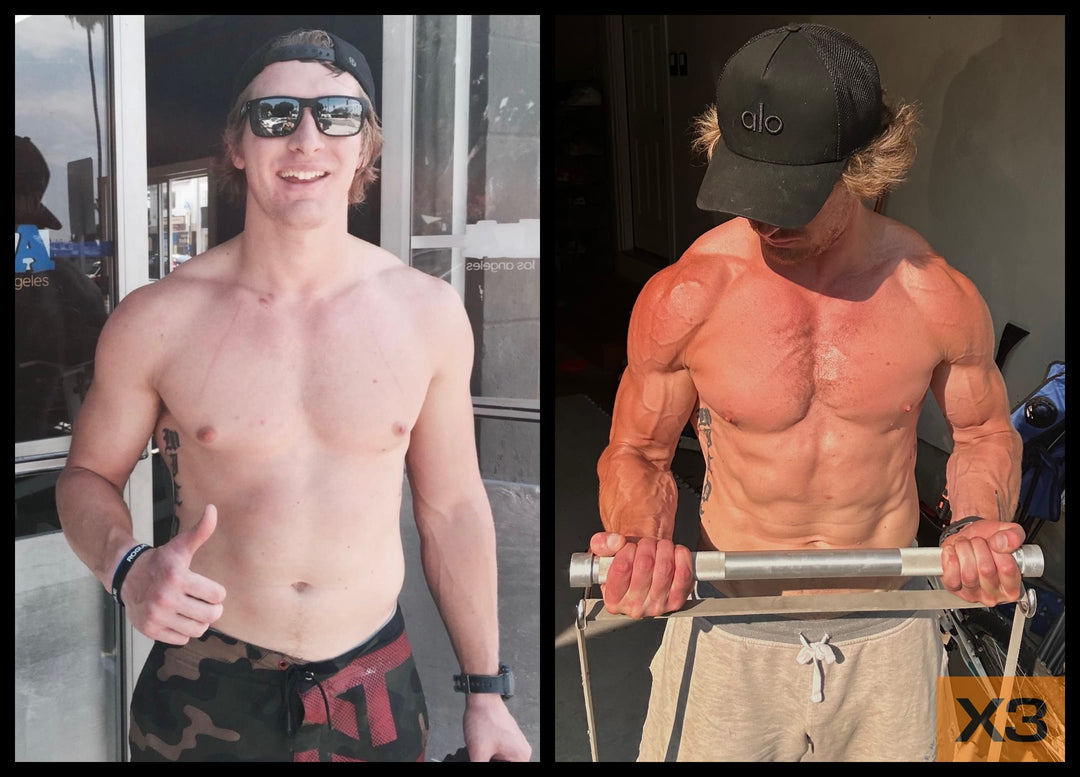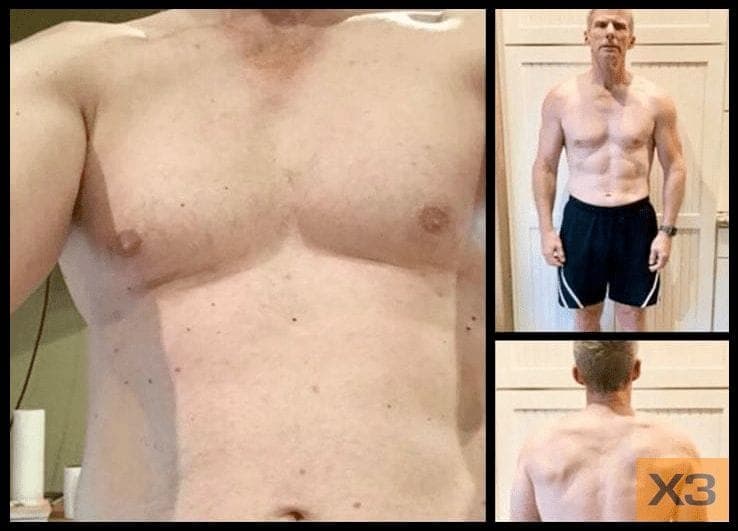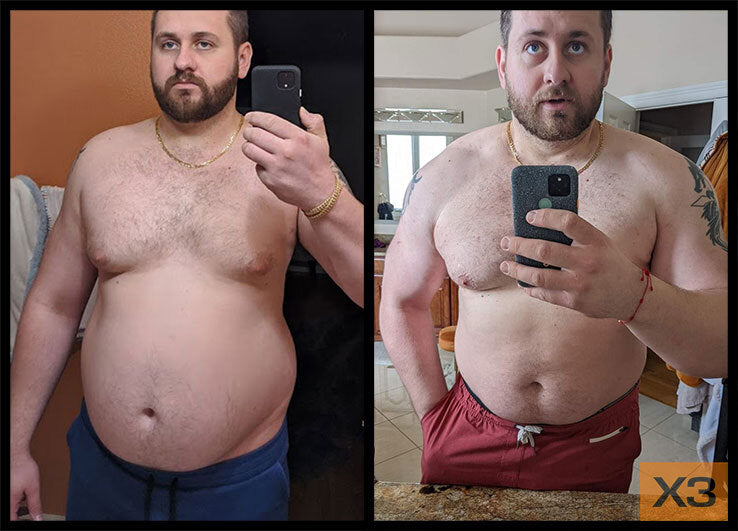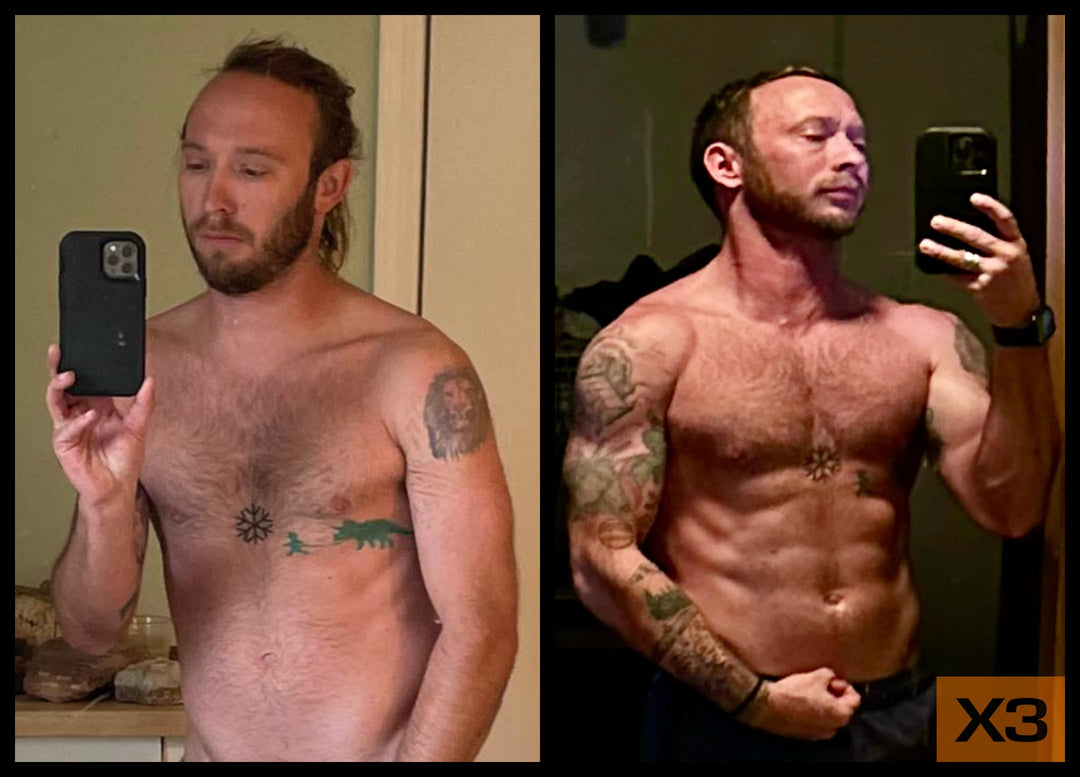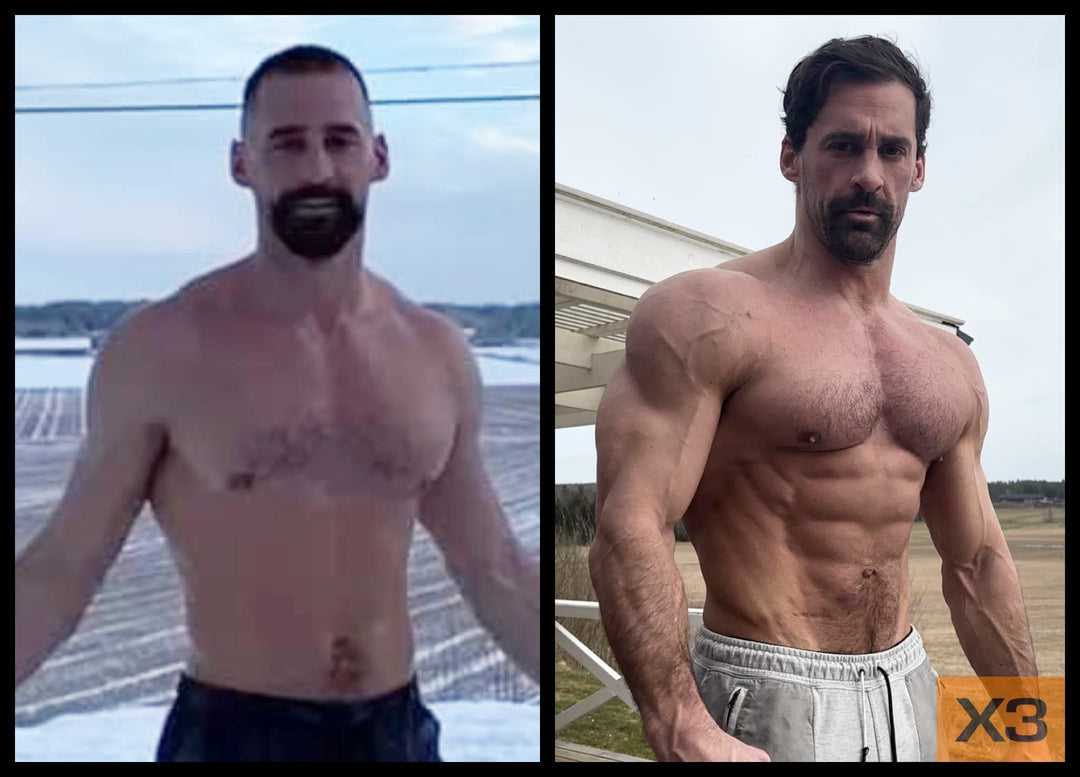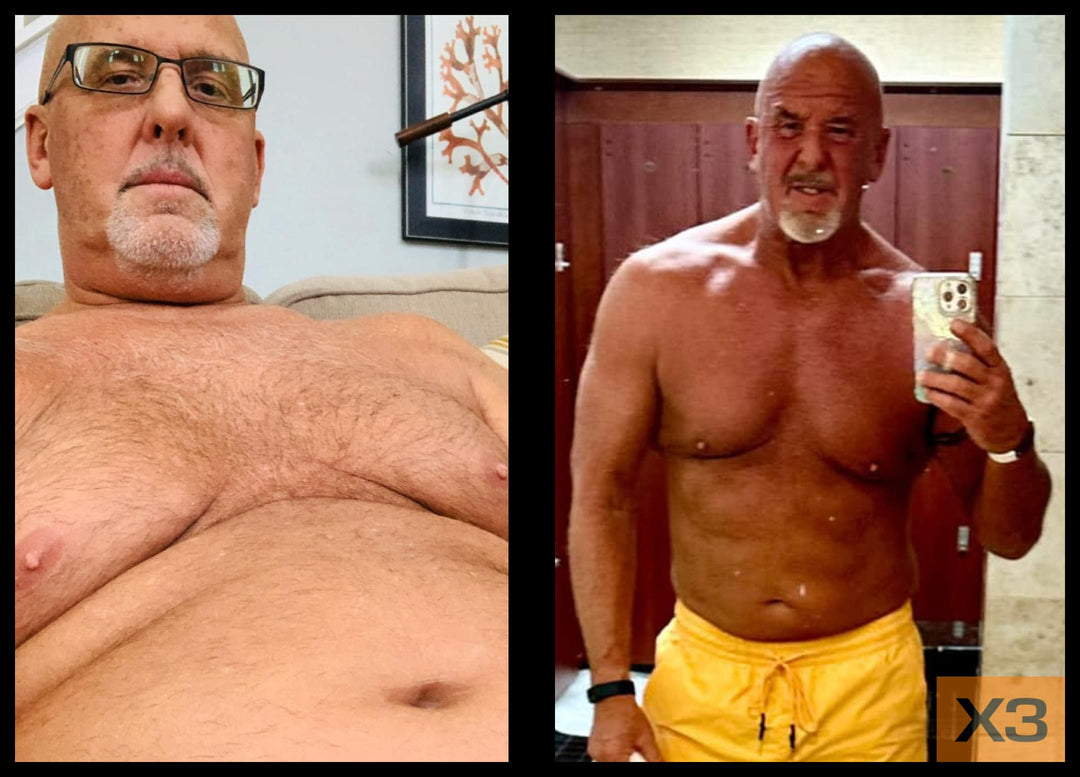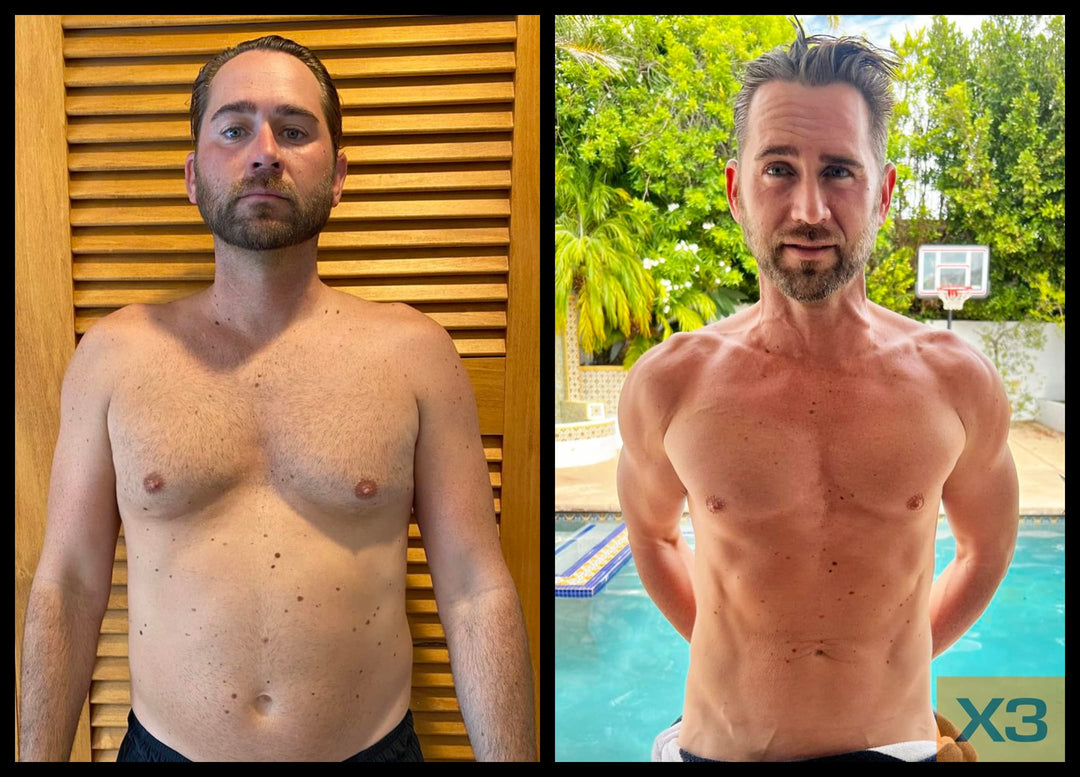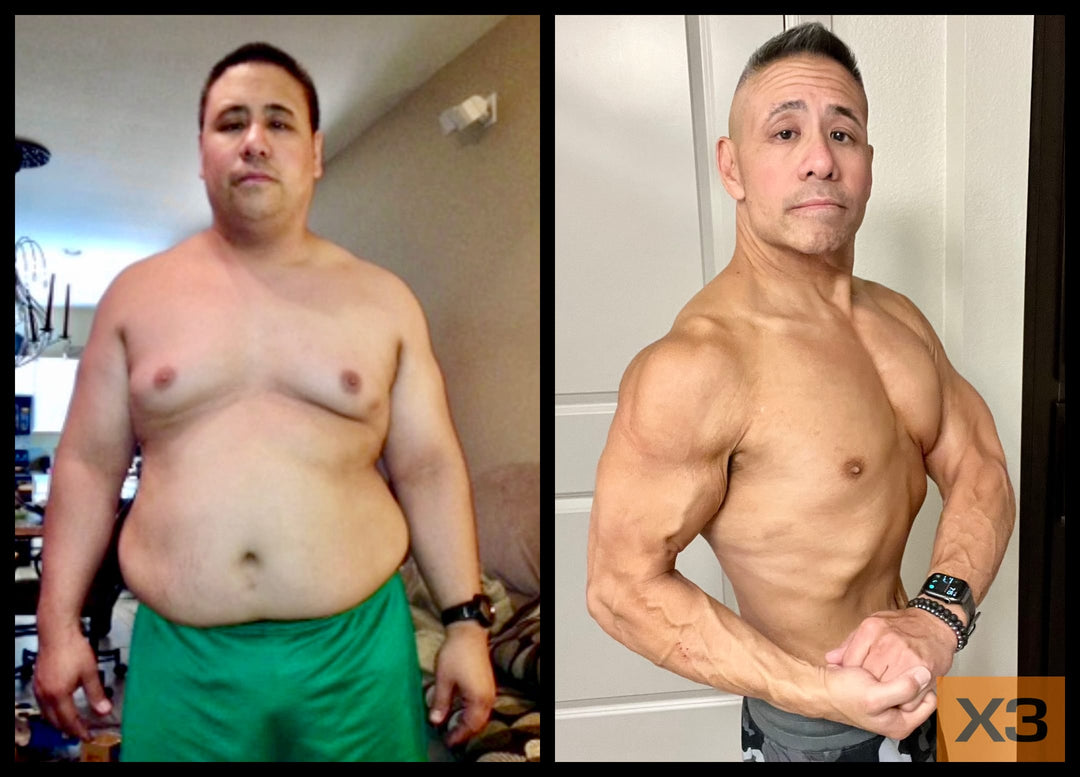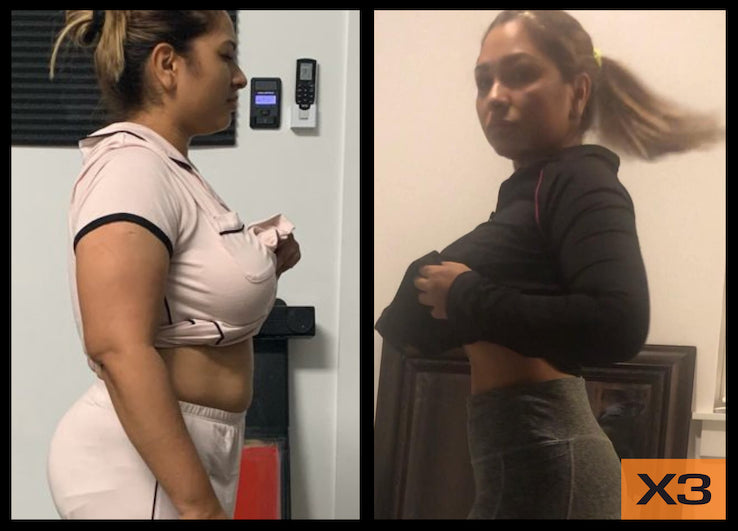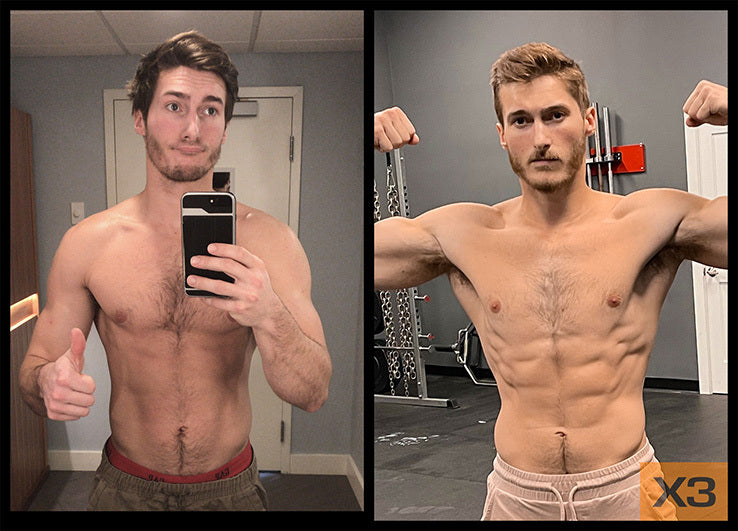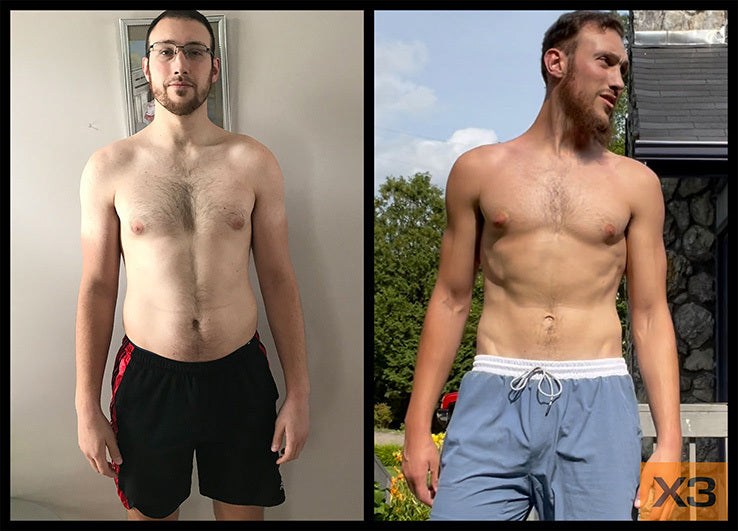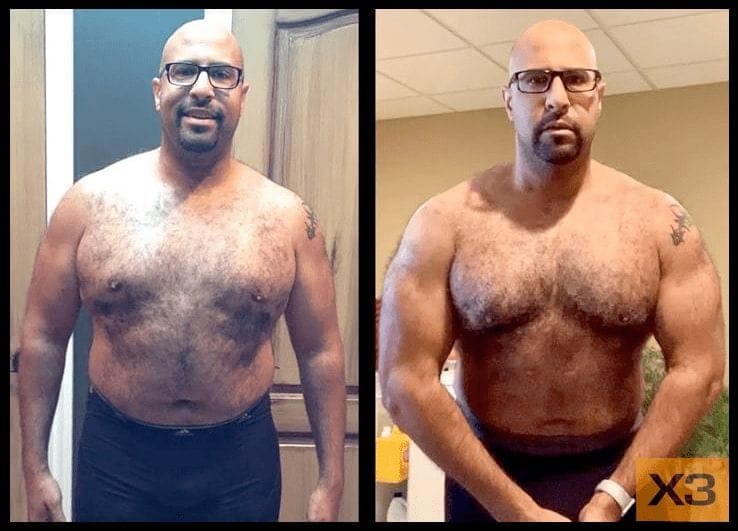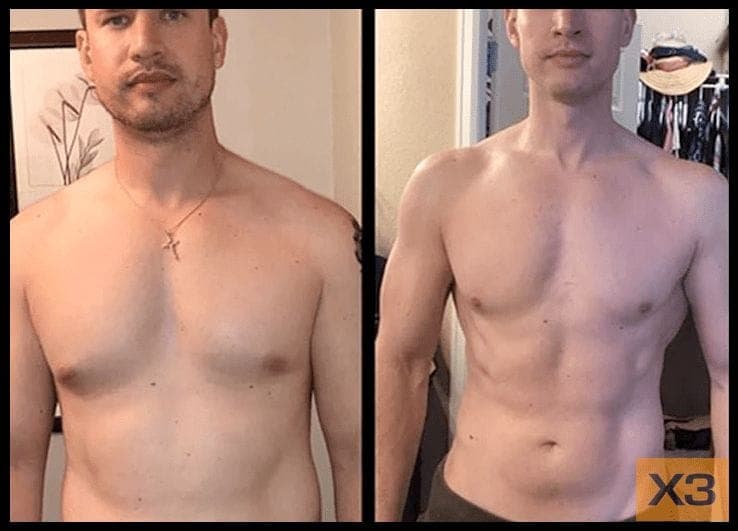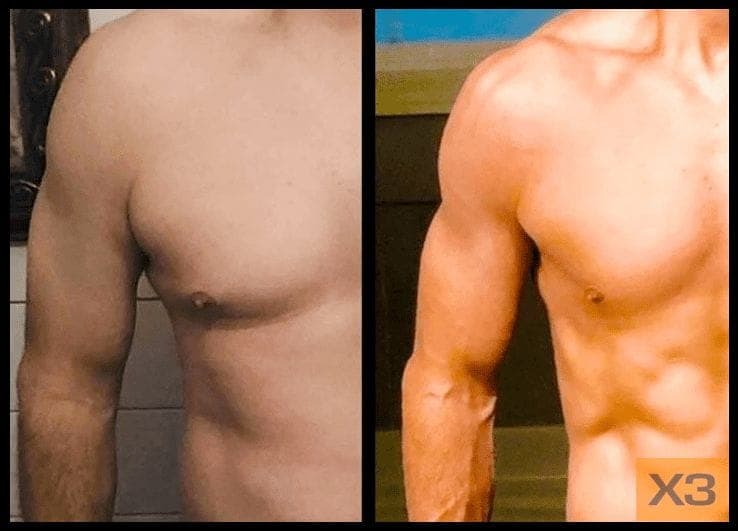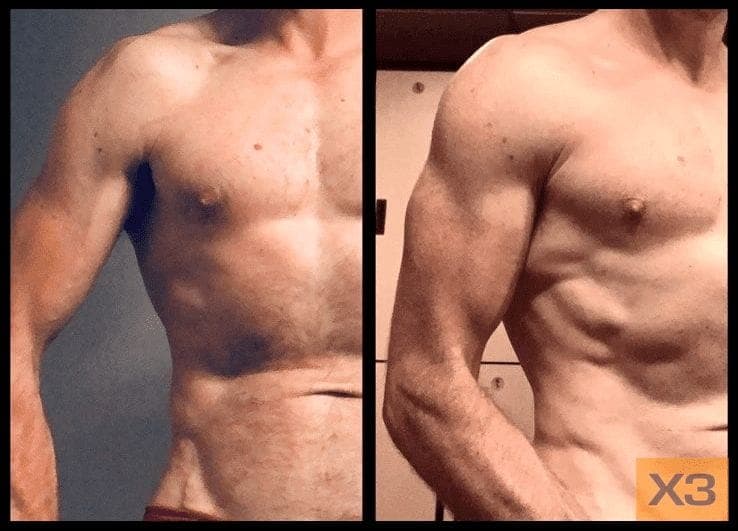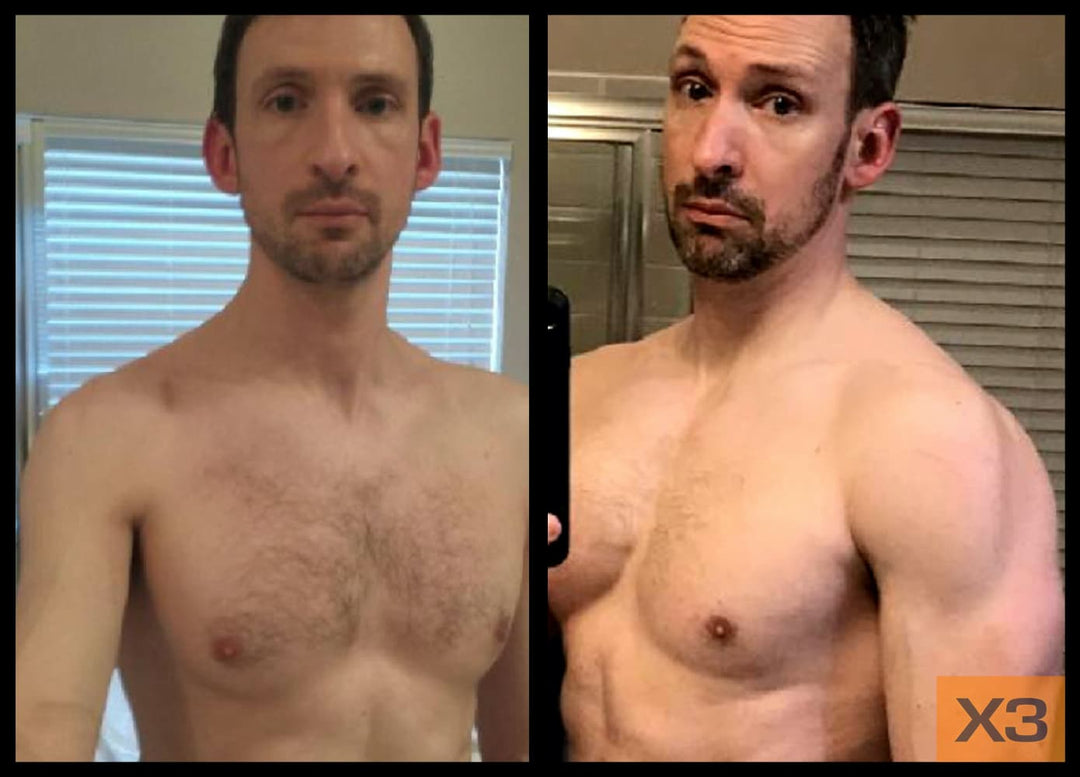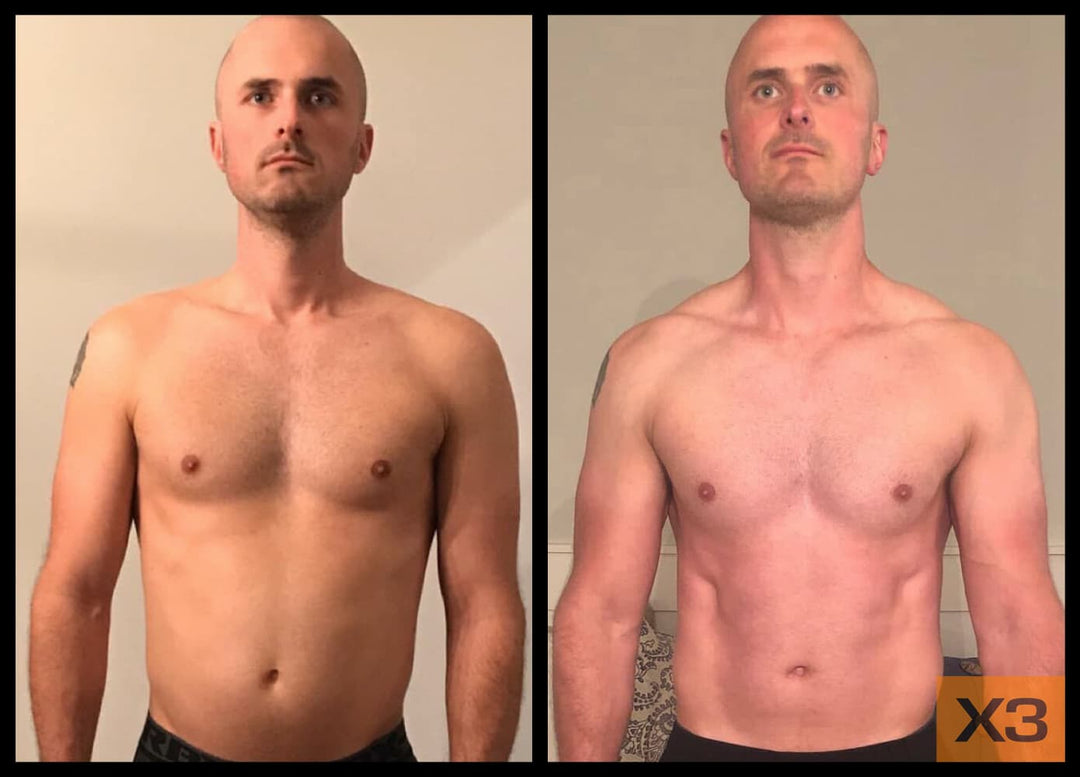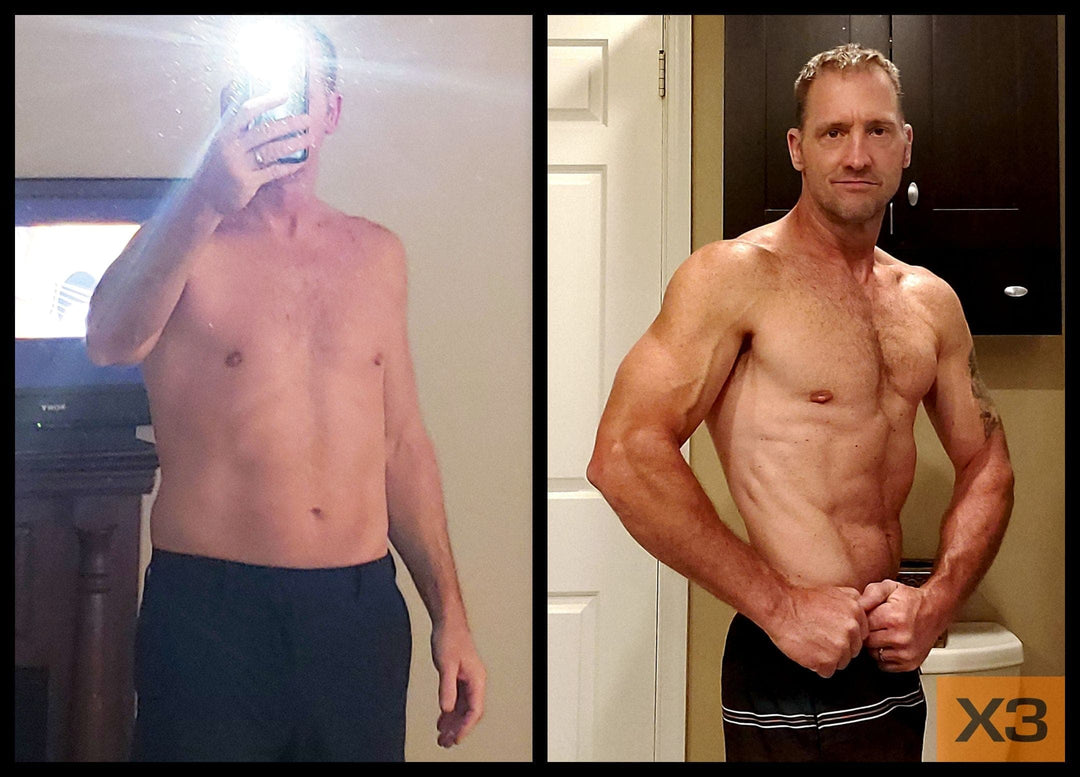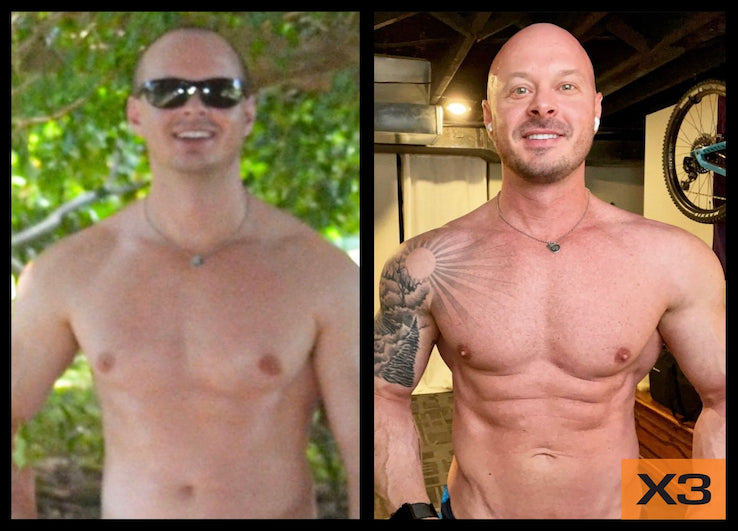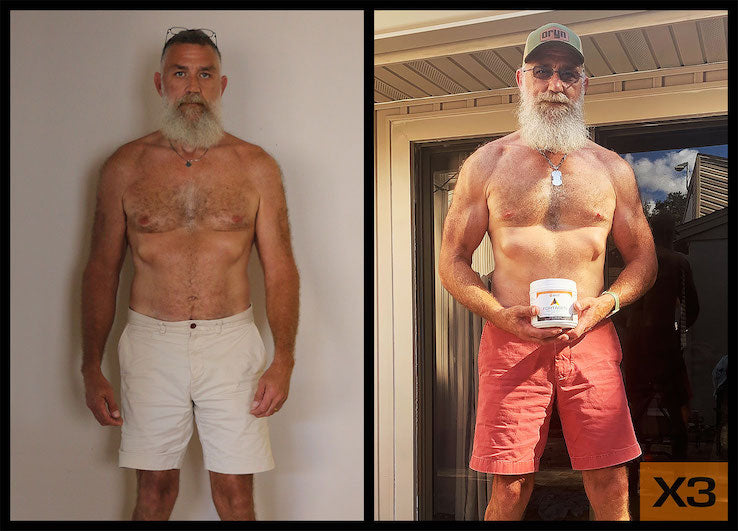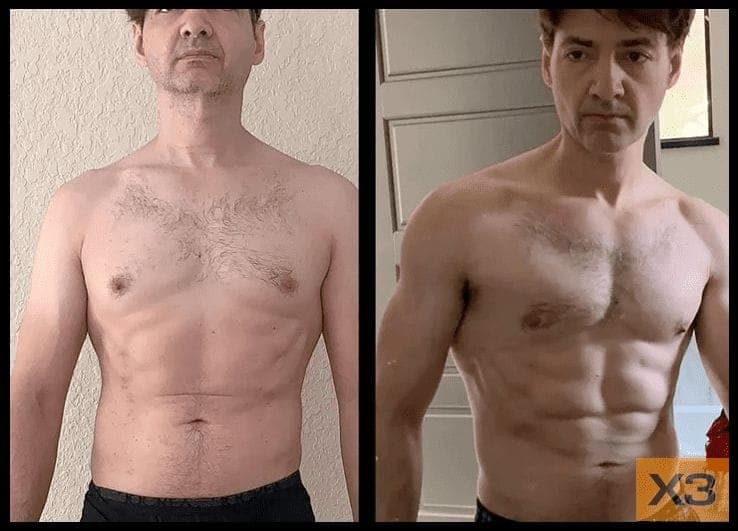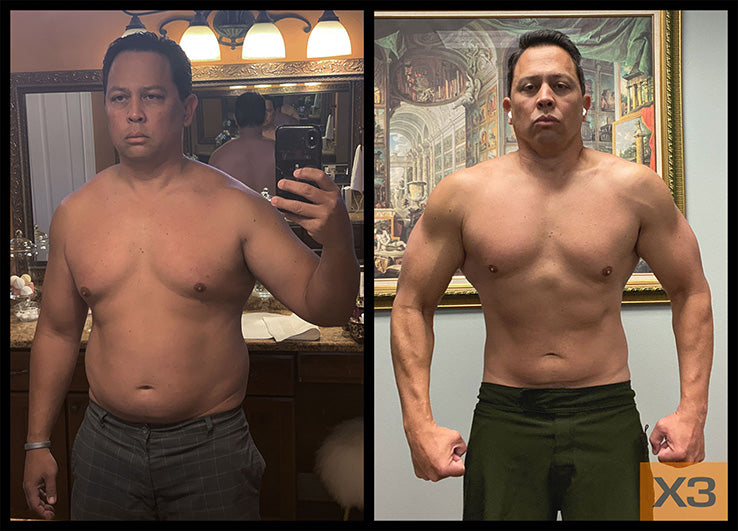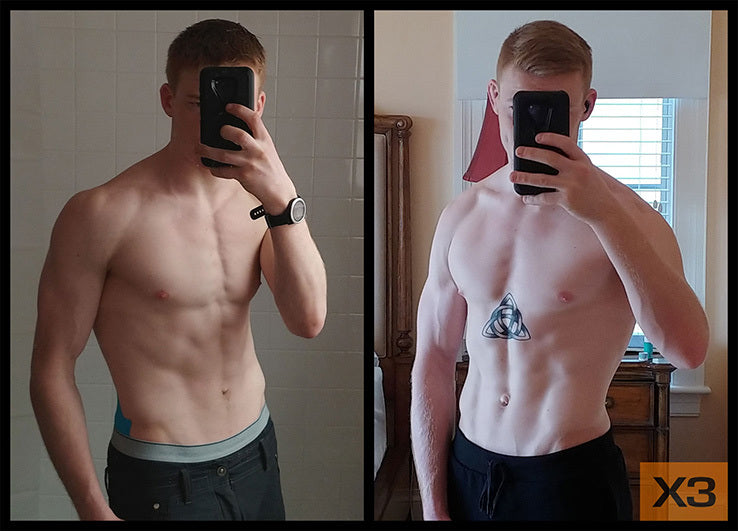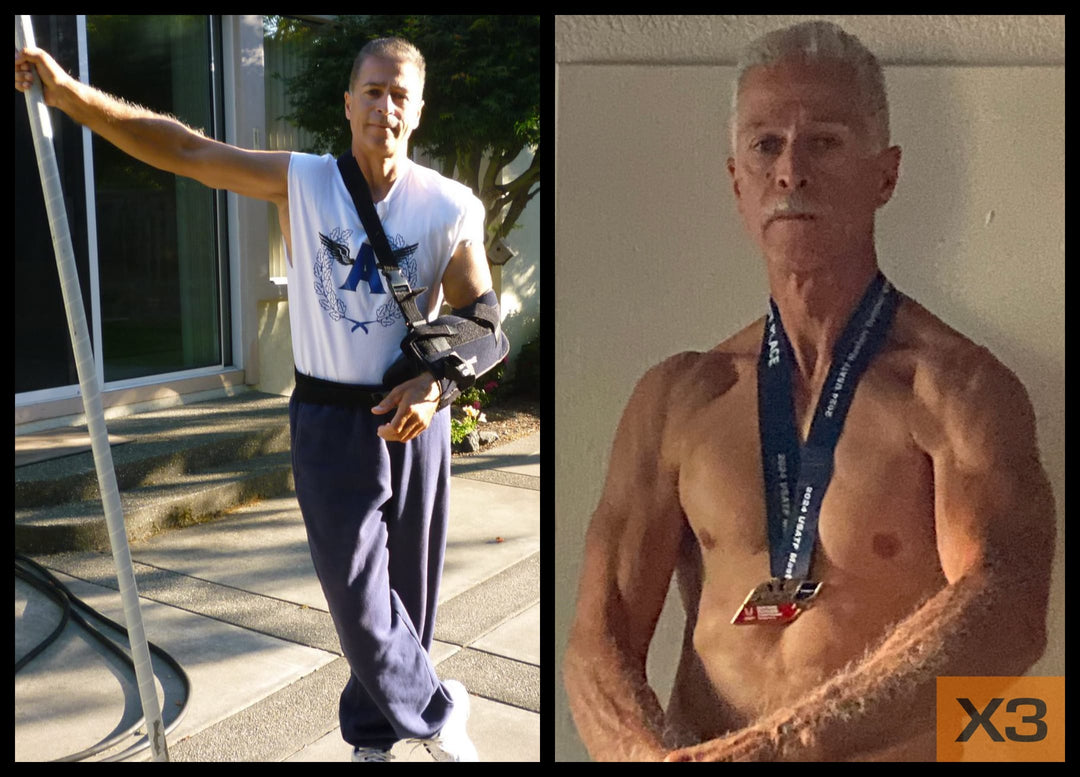An Introduction to Variable Resistance Training
Variable resistance is commonly misunderstood and underestimated. Let us clear the air. In this comprehensive guide, you’ll learn everything you need to know about variable resistance.
In this article, you’ll discover:
- How variable resistance works and why it's so powerful
- Why traditional weightlifting is a waste of time
- What types of variable resistance training are most effective
- How to best leverage variable resistance to build muscle
- & more
Basics of Strength and Resistance
First, let’s address a few basic concepts, namely strength and resistance.
Muscular strength is the maximum amount of force that can be produced by a muscle or a muscle group against resistance.
That resistance can take two forms: constant (static) resistance and variable resistance (changing). The description “accommodating resistance” is also sometimes used to describe examples of variable resistance.
Weightlifting is a form of static resistance. Free weights deliver the same amount of weight throughout the range of motion. For example, the weight at or near the bottom (weak range) of the bench press is the same as the weight at or near the top (strong range).
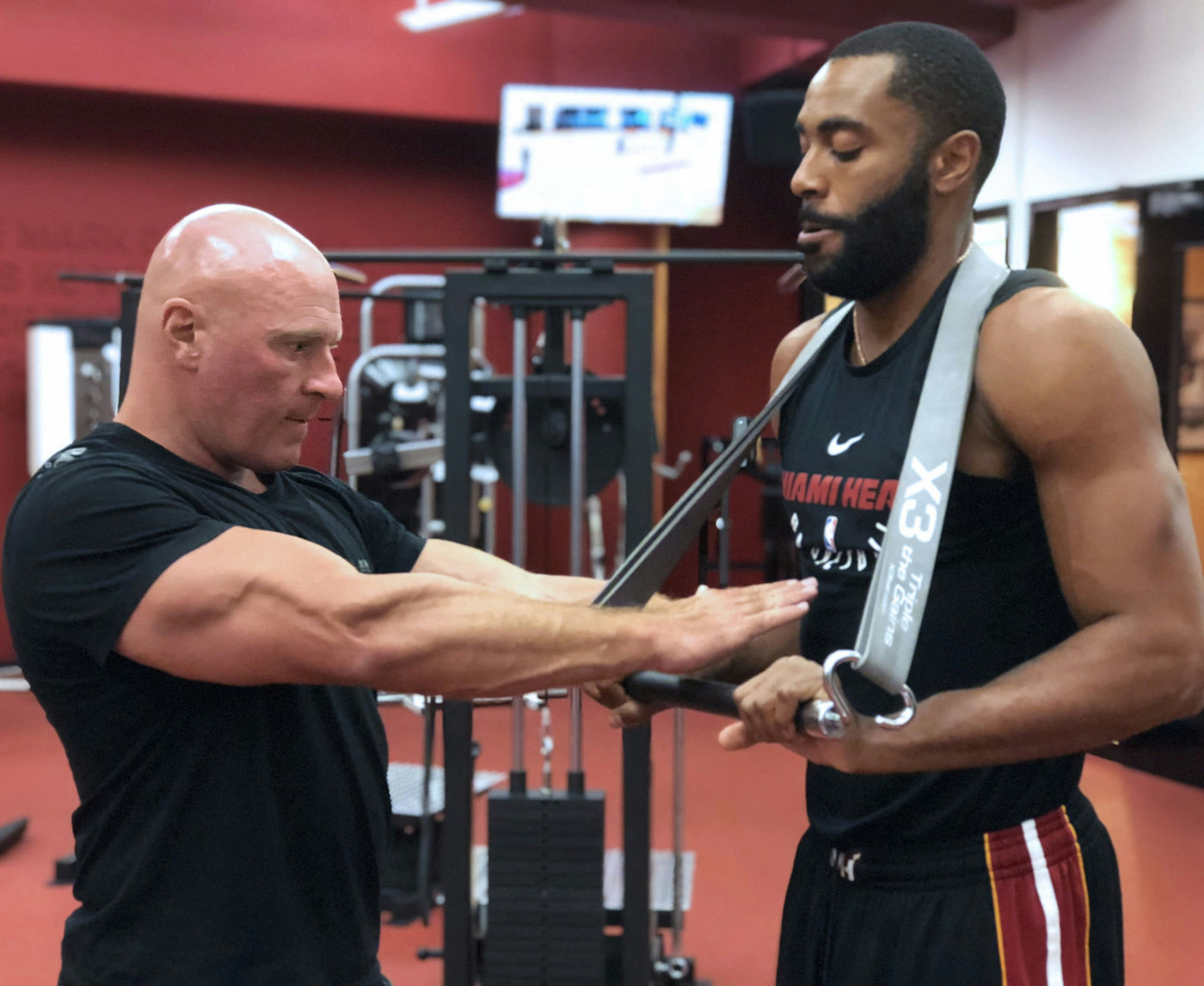
Where Weights Went Wrong
With static resistance, weight lifters are limited by their capacity in the weakest part of the movement. If that sounds wasteful, it is—both of time and effort.
Instead of you choosing the heaviest static weight to accommodate your weakest range, wouldn’t it make more sense to match each part of the entire range of motion with an appropriate, and thus changing, level of resistance?
Delivering the appropriate peak force at all ranges would certainly result in a better muscular response—in far less time—than conventional weightlifting.
For example, what if the resistance increased as you reached the top of a bench press? What if resistance got lighter at the bottom of a deadlift, protecting your lower back in the process?
Get this: it’s actually been around for decades. But nobody has fully leveraged its power.
Until now.
This type of exercise is called variable resistance, and it's changing how people work out.
What Is Variable Resistance?
Variable resistance training (VRT), also known as accommodating resistance or dynamic variable resistance exercise, is a type of strength training that applies a dynamic degree of force to the target muscle(s).
Variable resistance mimics the natural curve of the body’s strength capability as it passes through a range of motion. Variable resistance training compels muscles to work harder when they are strongest, to meet the demands of the exercise.
In other words, the force (or resistance) changes through the entire range of motion.
Dumbbells and barbells provide static resistance, while weightlifting chains, resistance bands, and sometimes cable machines deliver variable resistance. Variable resistance performs best when the force is created by heavy resistance bands.
Why?
Because resistance bands, particularly heavy latex resistance bands, provide a greater level of variance than weightlifting chains.
According to renowned strength and conditioning coach Christian Bosse,
“The resistance provided by chains is linear, whilst bands provide the resistance exponentially.”
As you’ll learn in Dr. John Jaquish’s book, Weight Lifting Is a Waste of Time, variable resistance is the safest and most effective stimulus for developing muscle and building strength.
This type of training adds variability to each movement, and traditionally, has helped weight lifters break through plateaus.
However, as a stand-alone stimulus, variable resistance has been greatly underestimated, despite a thorough study revealing that variable resistance training delivered significantly more strength gains than just lifting weights. With the advent of Dr. John Jaquish’s X3 variable resistance training system, that all changed.
Now let’s talk about weights.
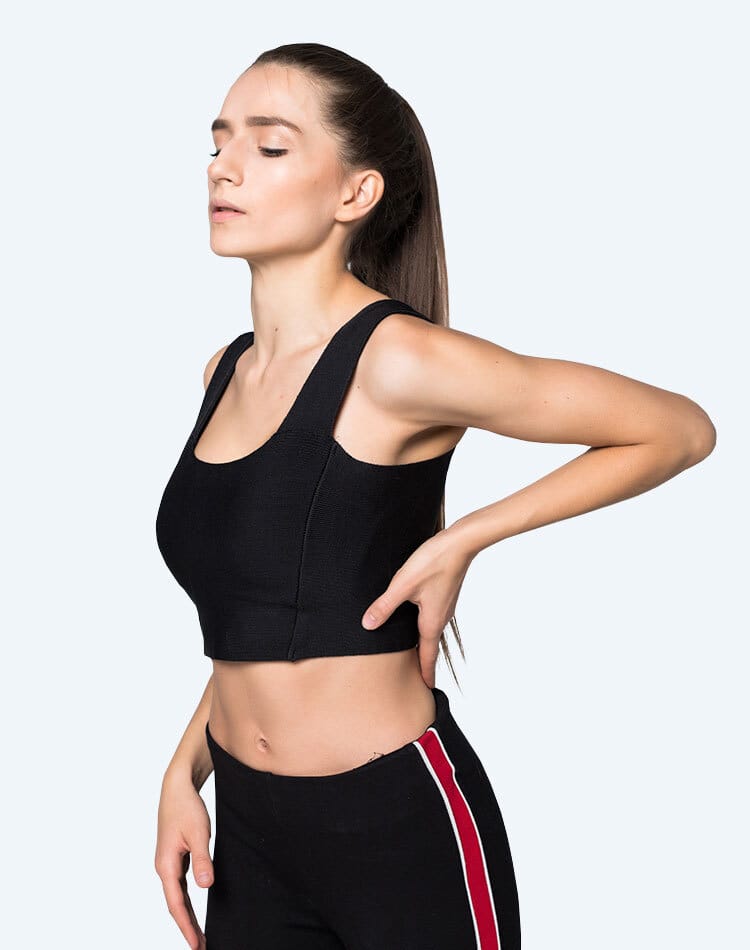
The Disadvantages of Lifting Weights
Sustaining injuries and underutilizing muscle tissue are symptoms of weightlifting’s biggest weaknesses.
For one, weights overload joints and underload muscles.
In no other type of functional movement would a human voluntarily attempt to deliver the same force through an entire range of motion.
How do you pick up a heavy object?
You would never bend your back as much as possible and pick it up from the lowest point available because that would maximize the opportunity for injury and reduce your lifting capacity.
But that’s exactly how people exercise. The logic just doesn’t add up.

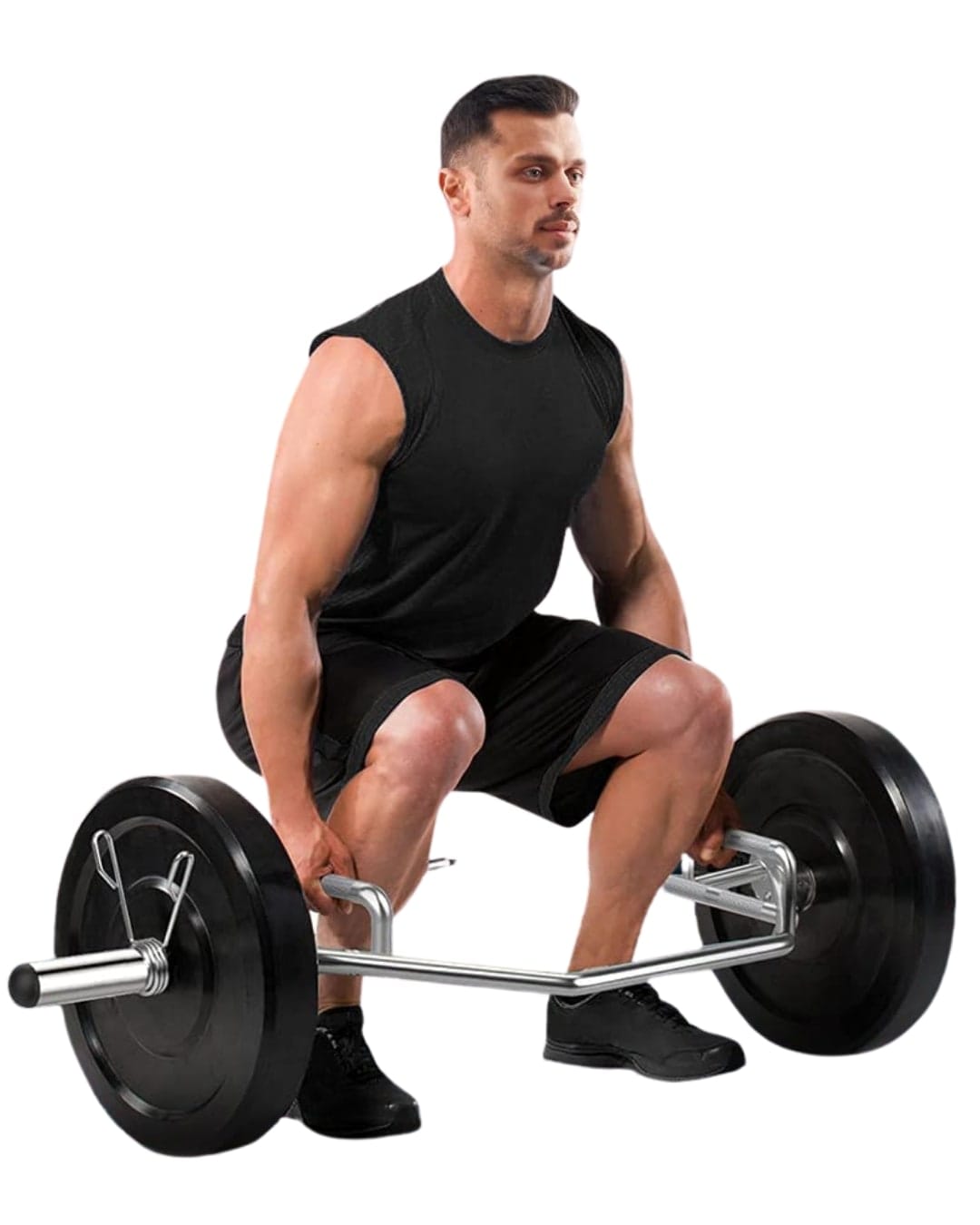
Weights are for the Weak (Range)
Clearly, a more effective training protocol would be one that challenges muscle where we are most capable and takes stress off joints where we are least capable.
Have you ever wondered why most gym-goers don’t look even marginally athletic?
By limiting strength to our capacity in the weak range, we place limits on our results. Because weights are constant while our muscle force output capability is variable, lifting weights leaves behind significant untapped potential. To create greater strength, muscle tissue in the medium and stronger ranges needs to be completely fatigued. But too often, lifting weights stimulates only our weakest ranges.
As Dr. John Jaquish found in his research, a better stimulus is needed to maximize muscle growth and optimize the inefficiencies of weightlifting.
Why Variable Resistance Is So Powerful
Dr. John Jaquish was the first to discover there is a sevenfold difference between the weakest and strongest range, effectively demonstrating that muscular capacity is far greater than anyone ever realized.
His findings also exposed the Achilles’ heel of weightlifting: Because the weight used is determined by the weakest range, there is a vast mismatch between the amount of weight lifted and our actual muscular potential.
The stronger a lifter gets, the more cumulative damage to joints, since they are at their maximum possible capacities in the weakest range of motion. Joint pain stops muscle from effectively contracting through a process called neural inhibition.

















